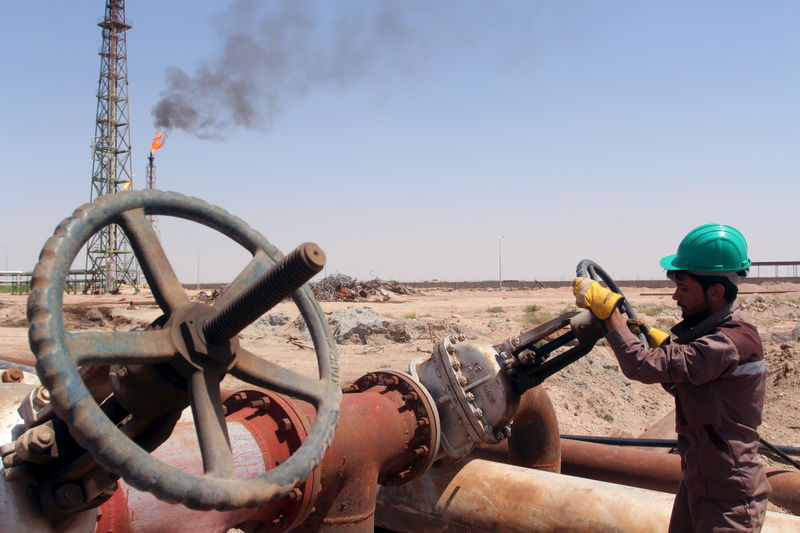Navitas stock soars as company advances 800V tech for NVIDIA AI platforms
By Peter Nurse
Investing.com -- Oil prices rose Thursday, extending gains from the previous session, helped by lower U.S. crude inventories and a rebound in gasoline even as the United States entered a technical recession.
By 9:25 AM ET (1325 GMT), U.S. crude futures traded 1.7% higher at $98.94 a barrel, while the Brent contract rose 1.7% to $103.44. Both contracts recorded gains of over 2% during the previous session.
U.S. Gasoline RBOB Futures were down 0.1% at $3.1513 a gallon.
Data released earlier Thursday showed that U.S. growth contracted in the second quarter, with gross domestic product falling 0.9%. This marked the second straight quarterly decline, a so-called technical recession, after the reading dropped by 1.6% in the first three months of the year.
The U.S. does not adhere to that definition, and instead tasks the National Bureau of Economic Research to make the determination based on a broader range of factors. However, it will still cause traders to wonder whether the Federal Reserve will slow down its aggressive monetary tightening path.
With this in mind, the oil market has managed to hold on to the previous session’s positive tone caused by signs of healthy demand in the U.S., the world’s largest crude consumer.
Data from the Energy Information Administration, released Wednesday, showed U.S. crude oil stockpiles fell 4.5 million barrels last week, against expectations of a 1 million-barrel drop, while U.S. gasoline demand rebounded by 8.5% week on week.
And further gains look likely, according to the head of Shell (LON:RDSa), as the tightness in supply outweighs any risks to demand.
“Where we are today, there is more upside than downside when it comes to the oil price,” Shell Chief Executive Officer Ben van Beurden said in an interview with Bloomberg TV. “Demand hasn’t fully recovered yet and supply is definitely tight.”
His interview followed the oil major reporting a second-quarter profit of $11.5 billion, smashing its previous record just three months earlier.
French rival TotalEnergies (EPA:TTEF) also registered a record profit of $9.8 billion in the quarter and accelerated its buyback program, while Norway's Equinor (OL:EQNR) on Wednesday reported a hefty second-quarter profit of $17.6 billion.
Attention next week will turn to the next meeting of the Organization of Petroleum Exporting Countries and allies, a group known as OPEC+, to discuss production quotas for September and perhaps for the rest of 2022.
“This meeting could be of great consequence to oil markets, because OPEC+ has reached the end of its plan to gradually unwind its production cuts from May 2020 and there is no clear roadmap of predetermined quotas,” said Ellen Wald, president of Transversal Consulting.
